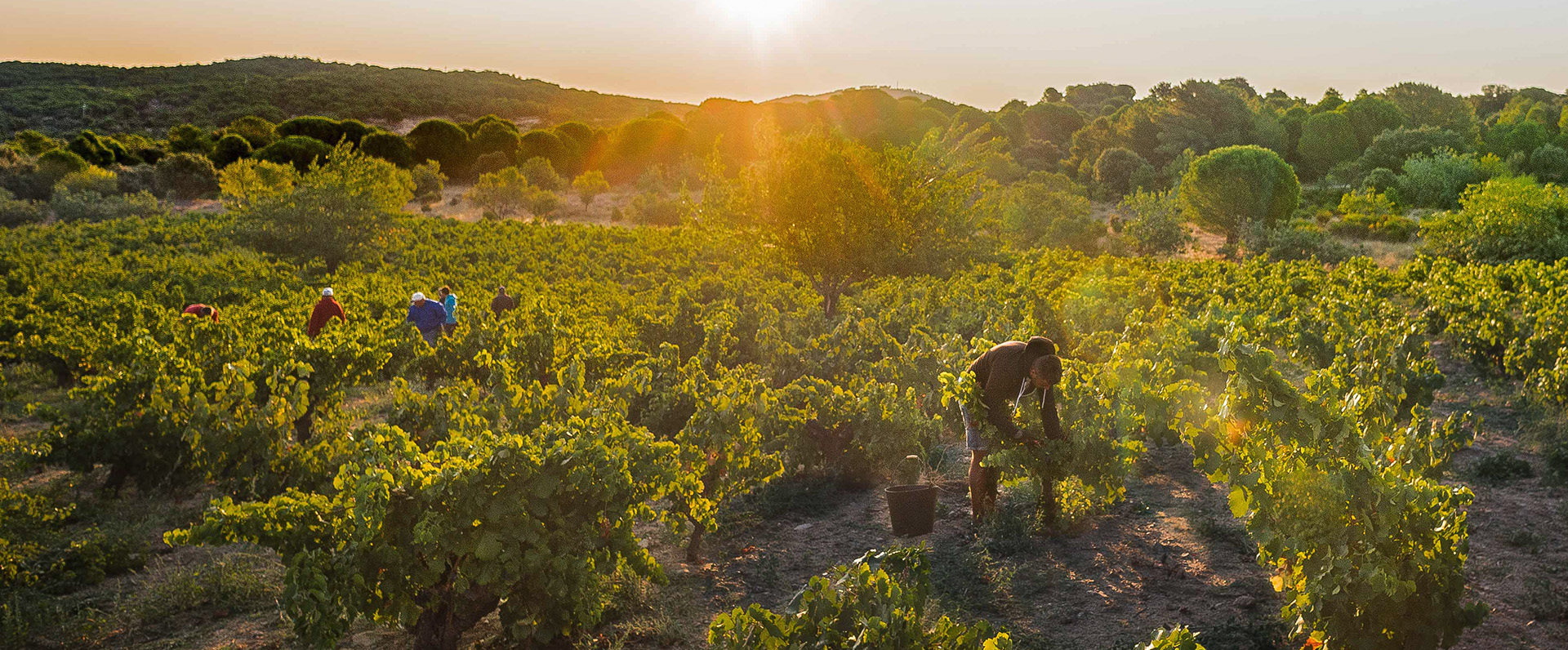
El Compromiso con el Paisaje
Days, seasons and tasks
Experience of the wine, taste of the landscape
The expertise of wine and soil. The use of organic and biodynamic agriculture.
A pure from the heart dedication to our vineyard.
The expression of the landscape in our wine.
A unique location, exceptional vineyards and artisanal production criteria
At Marañones we consider our commitment to the land to be paramount. It allows us to develop our wine authentically.
This commitment translates into a respectful cultivation of our vineyards as well as a thorough care of their surroundings.
Above all we ensure that our grape is of the highest possible quality. This way it can convey the vineyard and its surroundings in the most genuine manner. This is our
fundamental understanding of viti-viniculture.
When making our wine we seek harmony between the characteristics of each terroir, the traditional care of each vine and the surrounding landscape. A respectful oenological intervention allows us to express what is most unique and of interest in each plot.
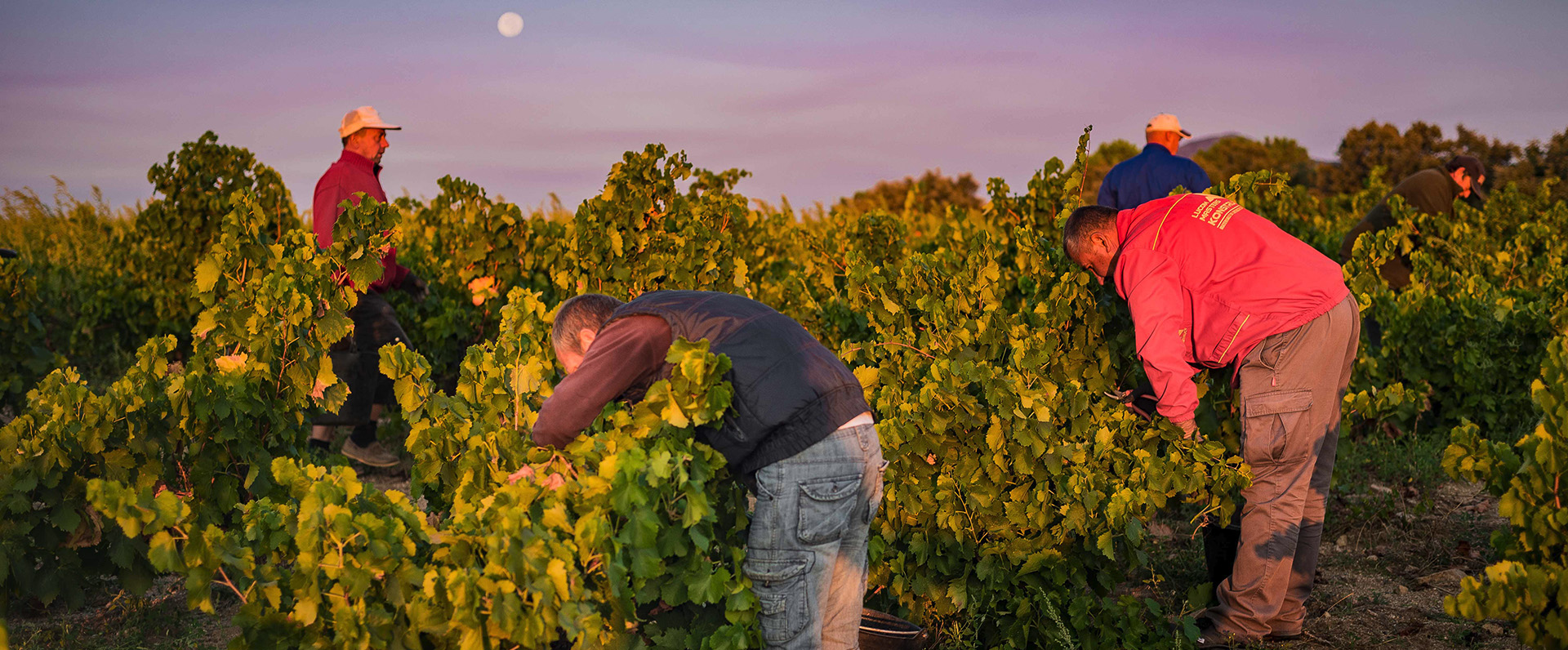
Organic and biodynamic viticulture
Ecological viticulture is is at the base of Marañones Winery. All our plots are cultivated following the principles of organic agriculture. We aim to maintain healthy vineyards, the ecological balance, the grape quality and the harmony with our landscape.
Marañones follows principles of biodynamic agriculture. It is based on the interdependence between all the elements that concern the vineyard. It means that we aim to understand the vineyard and treat it as an integrated ecosystem. We remain however aware of the difficulty of measuring objectively the success of biodynamic viticulture.
We consider that this way of approaching the crop is fully coherent with the vision and integral philosophy of Marañones Winery. In our experience, the health and vigor of the land is greater, and the evolution in the wines better reflects the character and the specificities of the vineyard.
How we understand organic and biodynamic viticulture.
Fundamental principles.
Earth
We work from the awareness that agriculture is a science of adaptation and the individualisation of methods.
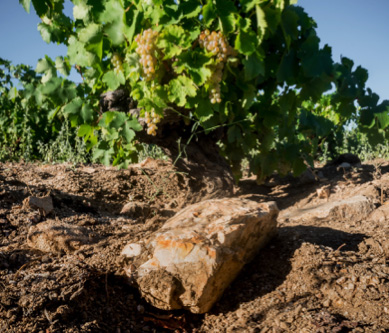
People
We seek dedication from the team performing the tasks at the winery. A continual training helps them realise that they work with life.
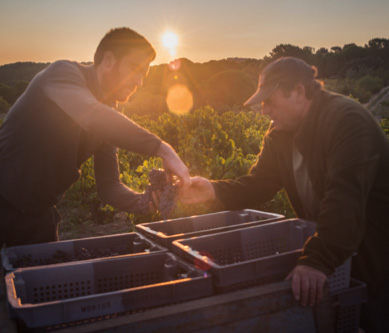
Fruit
Our goal is the development of a quality wine, respecting Nature and the beings that inhabit her.
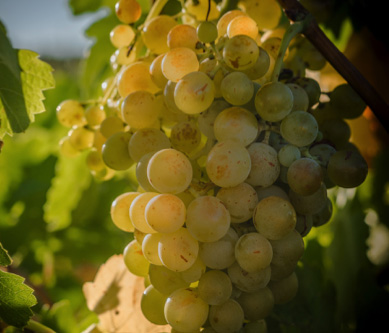
Caring for the vineyard
We pay special attention to cosmological and natural rhythms. The lunar cycle helps us determine some tasks in the field and in the winery. We try to make the pruning, the composting, the bottling during the correct phases of the moon.
There are tasks that we have been performing for about five years in all the plots where we produce Paraje or Parcela wines:
soil stimulation through the "500" and “501" preparations, fertilisation with organic compost and infusions with vegetable extracts and seeds.
We have always been concerned by the understanding of our soils. It is one of the elements that we look to convey in our wines. For instance, we strived to analyse the fundamental features of plantations that we carried out in 2013 and 2016. We trained our staff to implement all necessary measures to improve the 4 hectares of new vineyard.
Work in the field
Animal ploughing
We plough three parcels with animals, given their steep slope and their narrow plantation frame.
Ecological agriculture
We abide by organic farming, as the best way to express the terroir and to maintain a healthy environment.
Vegetative cycle of the vineyard
We adjust to the vine vegetative cycle to obtain an adequate maturation and a good balance between freshness, acidity and tannin.
Manual harvesting
The harvest is manual. The grapes are placed in boxes of up to 12 kilos. A second selection takes place at the winery.
The strict control of the grape origin
The grape originates 100 percent from our vineyards. They are classified according to characteristics of location, soil and climate.
Spontaneous fermentation
All wines ferment spontaneously with their own yeasts.
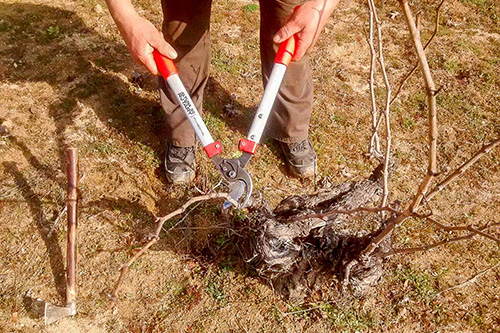
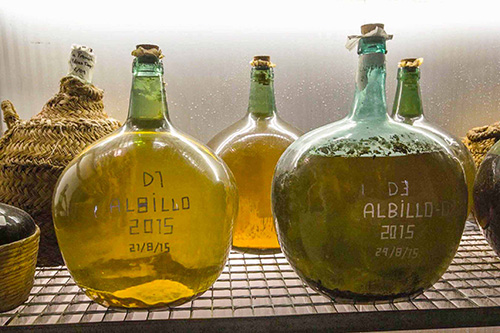
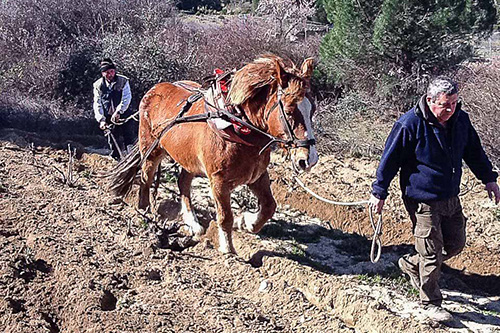
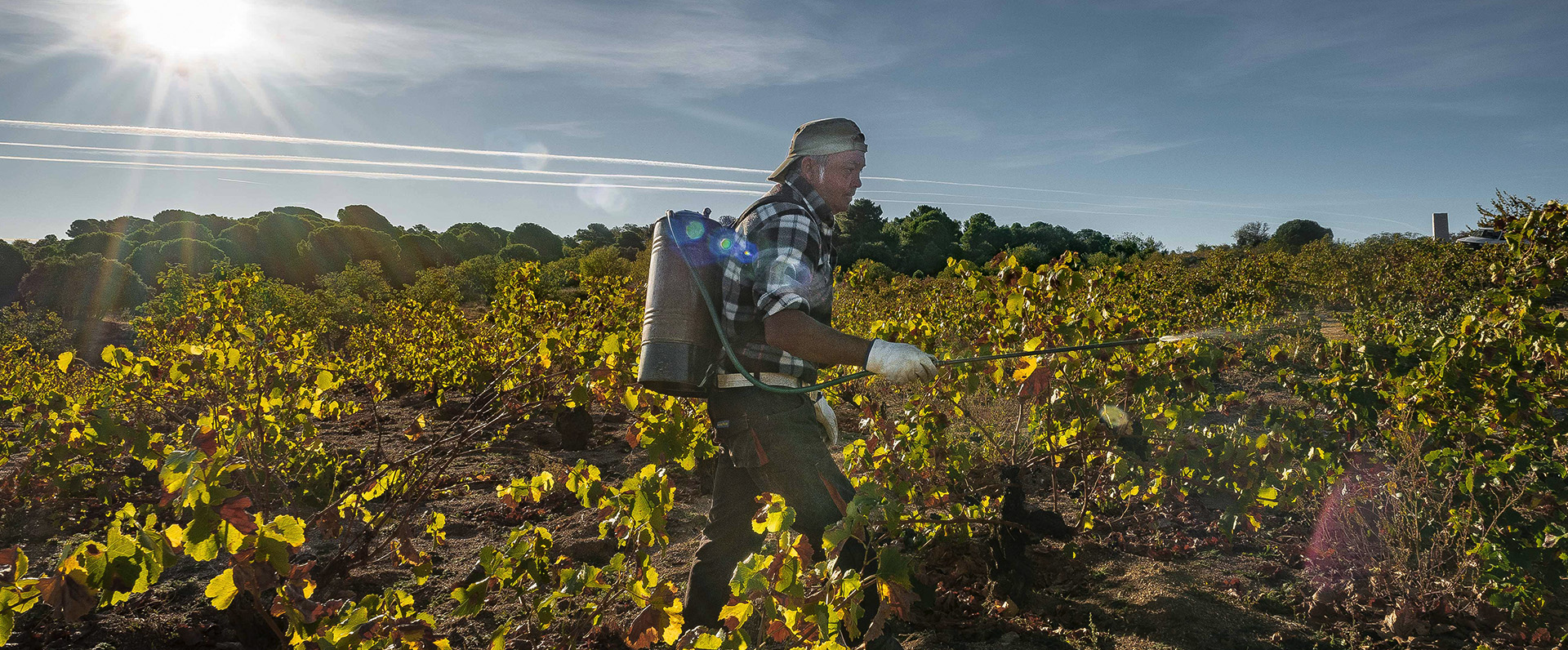
Processes and care during the growth cycle of the vineyard
As a guideline, we list some of the tasks performed according to the seasons. Our calendar also takes into account the cycles of the moon..
SPRING
We direct our work efforts towards improving the vigor of our vineyard and strengthening the soil.
Green pruning
The main objective is to eliminate the secondary shoots so that the sap and the nutrients of the vine concentrate in the shoots selected during the winter pruning.
Soils
We revitalise the soil with a “500” manure preparation. We try to build the structure of the soil by regulating its pH. Some plots are worked with animal drawn ploughs.
Plant
A valerian infusion helps promote better flowering. Nettle avoids diseases. Yarrow reduces the level of sulfur and oxidation. They are all homeopathic treatments that we normally do in spring. We repeat some in autumn.
SUMMER
In the summer the plant has already formed its fruit and must achieve maturation. It is important to control the level of foliage of the plants and apply if necessary some yarrow infusion.
AUTUMN
After the harvest the vineyard is prepared for the annual agricultural cycle. We begin the soil stimulation work that will continue until spring.
Composting
The manure from the cows grazing in our meadows is in our opinion the best composting. It is essential for organic viticulture.
A silica preparation helps increase the vigor of the plant by amplifying the effects of sunlight. It reinforces the plants. At the same time it gives them flexibility, improving the nutritional quality.
WINTER
We continue with the work of soil stimulation, also realising other fundamental tasks.
Dry pruning
We start dry pruning once the vine is in a vegetative state and before it grows new shoots.
SowingWe sow in soils treated with the preparation 500 that allows the adequate development of legumes and the formation of knots. Knots are very suitable in sloping soils.
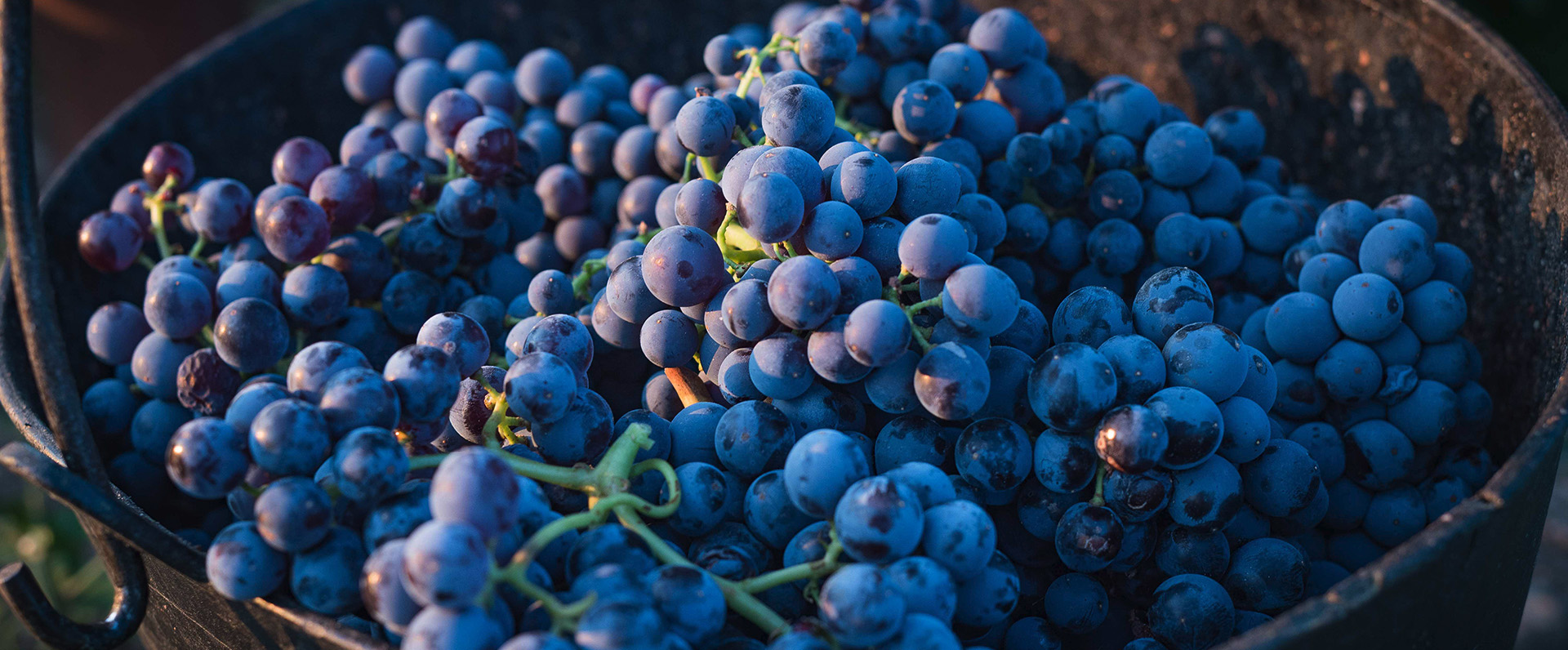
The grape types
We work mainly with two local grapes, the “Garnacha” and the “Albillo Real”. Our passion for the Intangible Cultural Heritage has pushed us to explore various forms of cultivation as well as the production of two other local grapes: the “Moscatel de Grano Menudo” and the “Morate".
Albillo Real
Local type used as a table grape in the 19th century. Creeping with a short cycle. The wine has a distinctive scent reminiscent of white flowers. It stands out in the palate for the high content of glycerin that makes it very enveloping.
Garnacha
A traditional grape in the Sierra de Gredos. Adapted to grounds with high mineral content. It produces balanced and elegant wines revealed to the nose with hints of red fruit and an undergrowth landscape.
Moscatel de Grano Menudo
A local grape planted in small quantities next to the Albillo. Depending on the year, it allows a sweet or dry vinification. A type that flowers early but ripens late. Low performance.
Morate
Local grape, usually identified as Aragonesa or Morenillo. Its vegetative cycle is long, with irregular production. It grows bunches and large berries. The Morate vineyards are scattered around the estate.
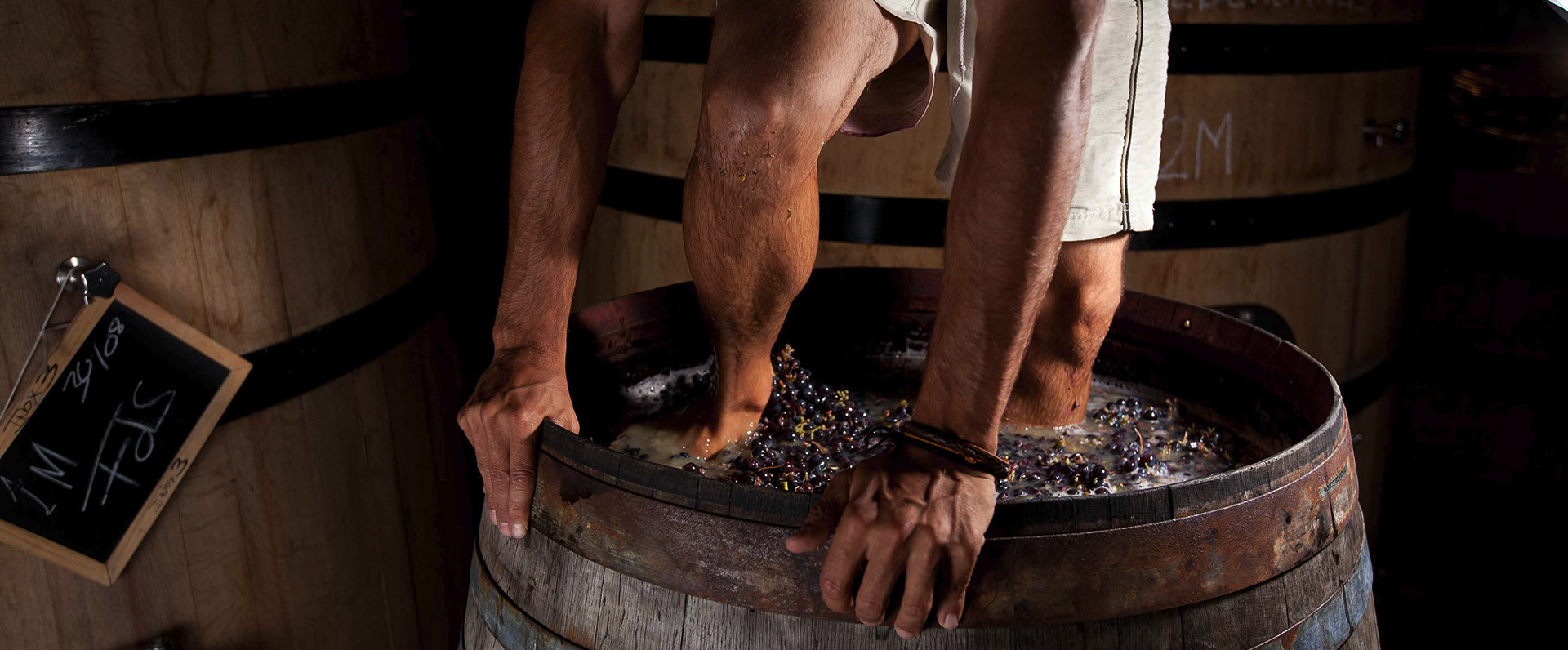
The production
The production of white wines
The production of white wines is based on a cold pre-fermentative skin maceration, using a soft pneumatic press. Natural “debourbage” (24h) and ageing with its fine lees in French oak barrels from 500 to 700 litres (l) of light and medium roast. We also use French oak casks of 1,200 to 5,000 litres.
The production of red wines
The red wines are mainly fermented with the whole bunch, in French oak tanks of 30, 45 and 115 hectolitres. Delicate macerations with “pigeage”. <br>Alcoholic fermentation is at low temperature. Both the alcoholic and the malolactic fermentations happen naturally in barrels by plots. It ages in French oak barrels from 500 to 700 l and in casks from 1,500 to 3,000 l.
